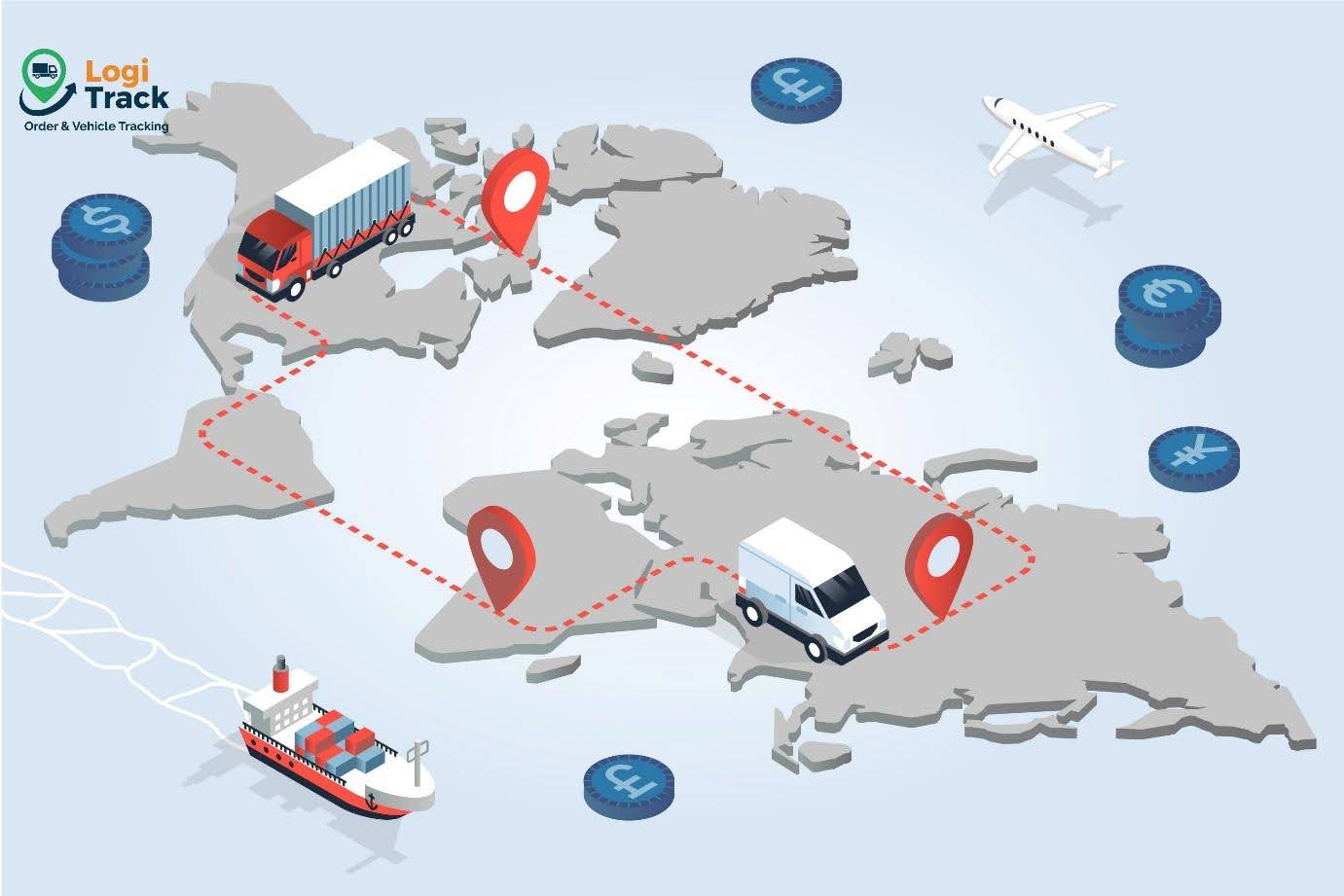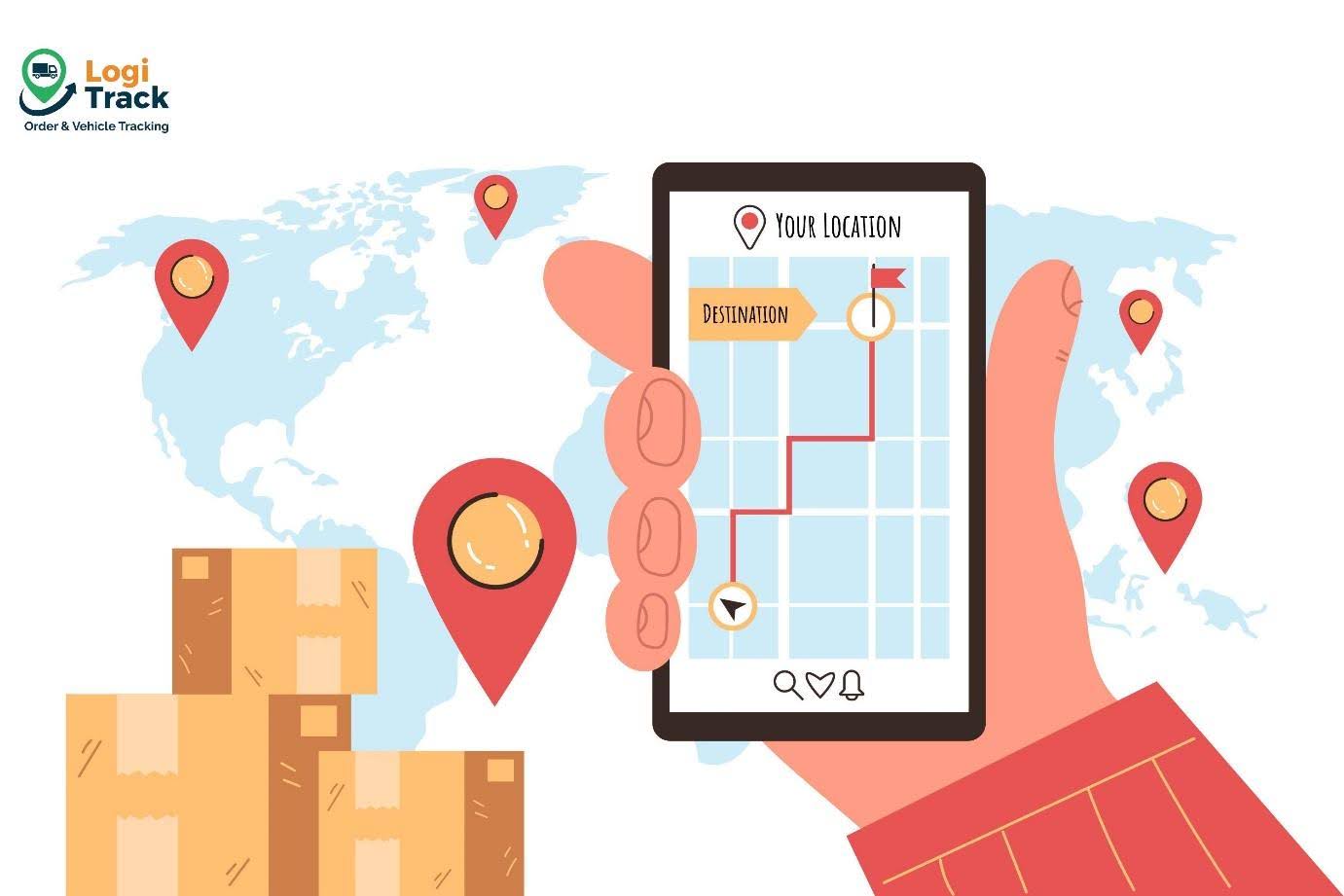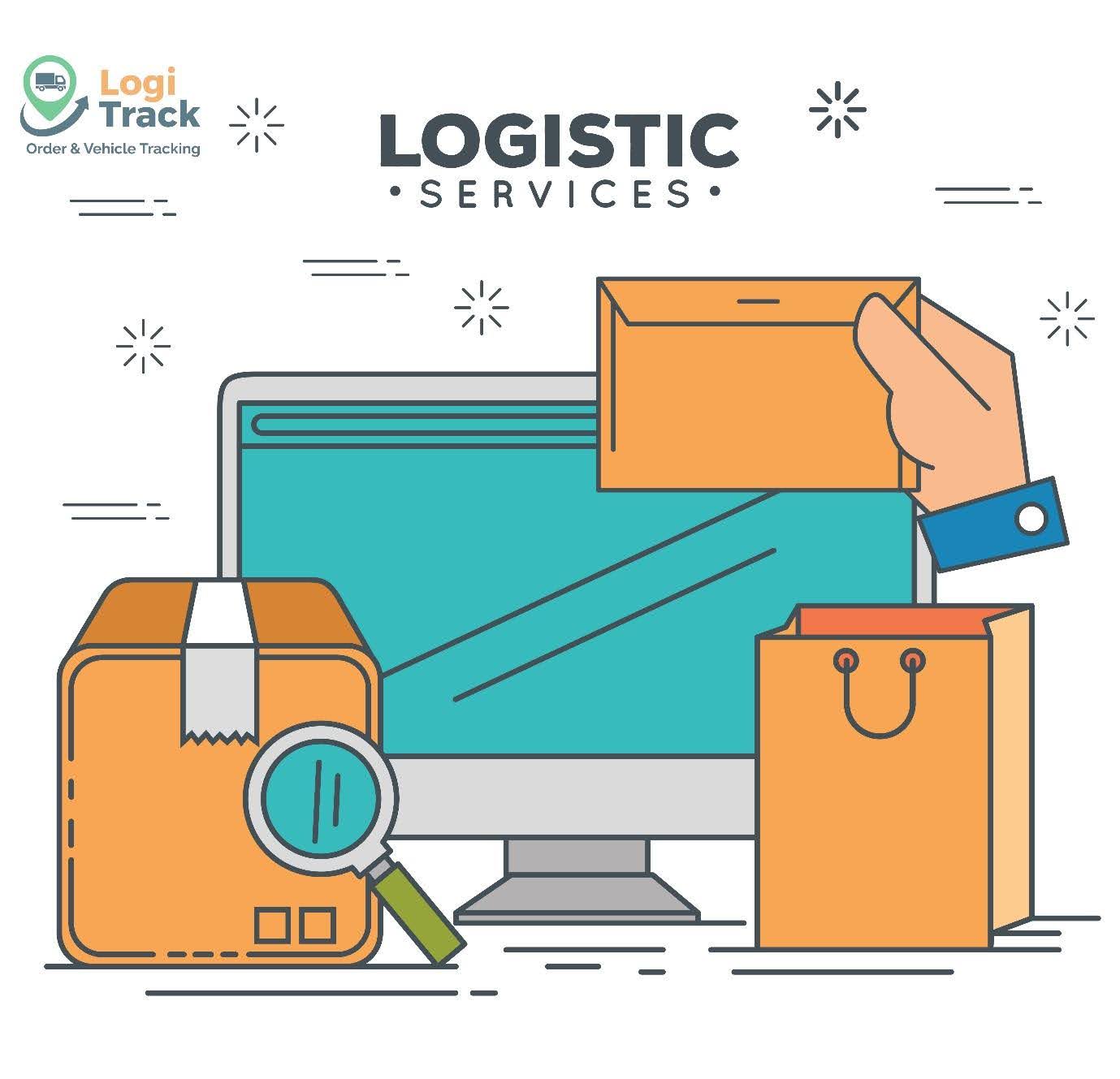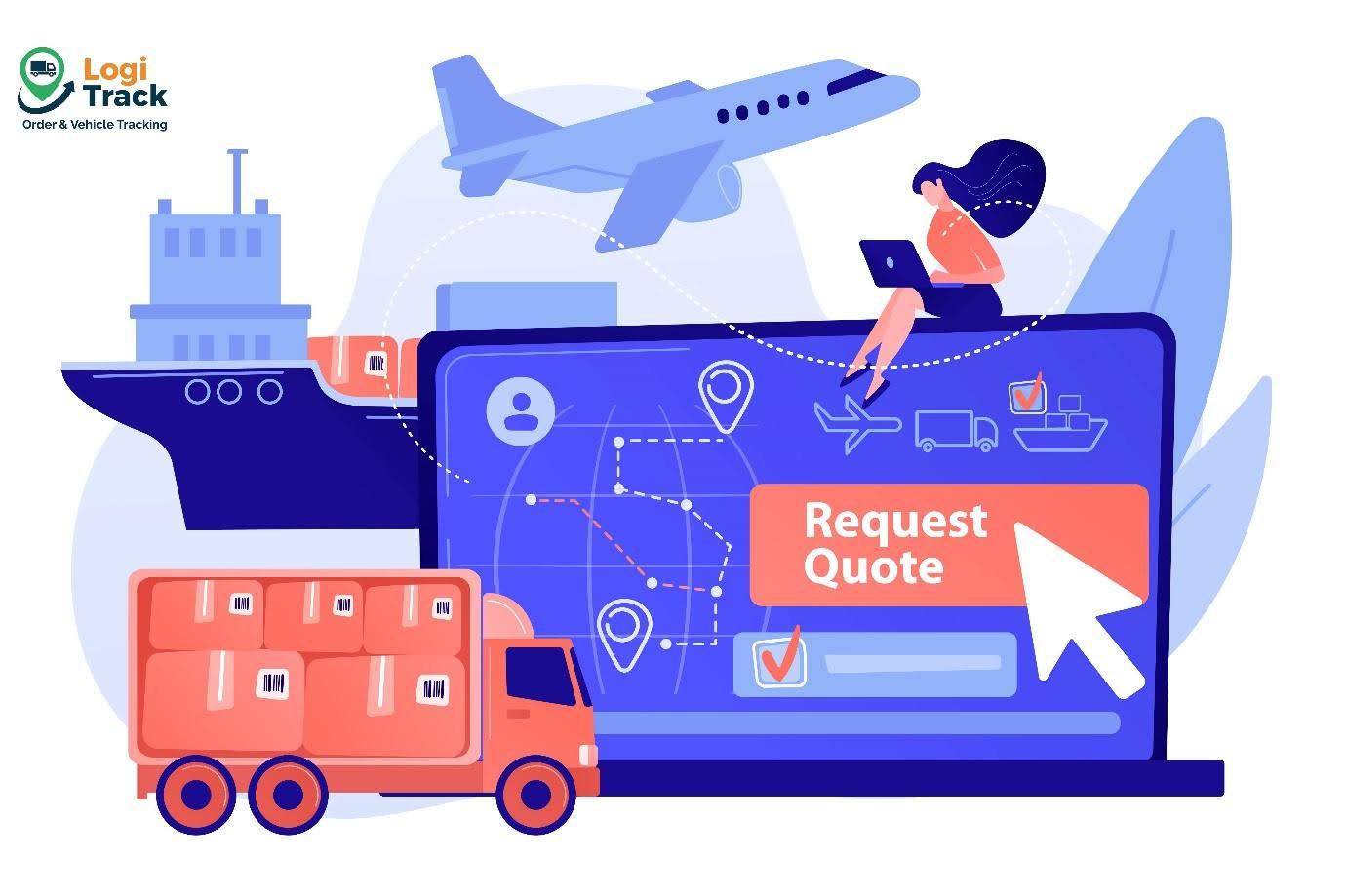In the booming age of e-commerce and the growing demand for fast delivery, transportation speed has become a decisive competitive weapon for logistics businesses. However, managing hundreds of vehicles and thousands of orders daily makes manual supervision extremely challenging. This is why freight management software has become an essential solution — helping businesses optimize routes, shorten delivery times, and significantly reduce costs. Let’s explore how this software helps optimize delivery routes and improve efficiency. 
Freight Transportation Software and Its Role in Route Management
Before technology deeply influenced logistics operations, delivery route planning mainly relied on drivers’ experience or warehouse managers’ intuition. However, this manual method often led to errors, overlapping routes, or unnecessary fuel consumption.
The emergence of freight transportation software has completely transformed how businesses organize delivery journeys. The system can analyze real-time data from vehicle locations, traffic conditions, weather, and shipment volumes to suggest the most efficient routes.
With this, businesses can:
-
Reduce travel time between delivery points.
-
Optimize driver schedules and productivity.
-
Minimize operational costs such as fuel and maintenance.
-
Ensure on-time delivery and enhance brand reputation.
Smart Route Optimization with Freight Management Software 
1. Automated Route Planning
Instead of manually entering data, the software automatically receives order lists, addresses, weights, and delivery time requirements, then generates the most efficient delivery plan using smart algorithms. This saves businesses hours of planning time daily while reducing human errors in route allocation.
2. Real-Time Traffic Updates
By integrating GPS and digital maps, the system continuously updates traffic conditions, accidents, or truck-restricted areas. When congestion occurs, the software automatically suggests alternative routes to help drivers avoid delays and stay on schedule.
3. Intelligent Order Distribution by Area
By analyzing delivery locations and vehicle positions, freight management software automatically assigns orders to the nearest or most suitable driver. This avoids overlapping routes, reduces empty mileage, and improves vehicle utilization — a particularly useful feature for companies with large fleets or third-party transport partners.
Benefits of Using Freight Management Software to Reduce Delivery Time
1. Faster Order Processing
Thanks to automated planning and dispatching, businesses can shorten the preparation time before delivery. Within minutes after an order is confirmed, the software can assign it to the right driver and plan the route, replacing hours of manual coordination.
2. Reduced Risks and Human Errors
When manual input and route calculation are eliminated, the risk of mistakes—such as wrong deliveries, missed orders, or late shipments—drops significantly. Additionally, the software provides real-time delivery tracking, allowing companies to detect and resolve issues promptly.
3. Improved Customer Experience
Fast and on-time delivery is a key factor for customer satisfaction. Freight transportation software optimizes delivery time and sends automatic notifications to customers about their order status, increasing transparency and trust in the brand.
Effective Implementation of Freight Management Software
To maximize the effectiveness of freight transportation software, businesses should focus on:
-
Training staff and drivers to use the software proficiently.
-
Integrating the system with ERP or warehouse management software for synchronized order and inventory data.
-
Setting performance metrics such as on-time delivery rates, average travel distance, and fuel consumption to evaluate efficiency.
-
Choosing a reliable software provider with strong technical support and regular updates.
In summary, adopting freight transportation software is a key strategy for modern logistics businesses to optimize routes, reduce delivery times, and enhance service quality. In today’s digital era, companies that embrace technological transformation early will gain a lasting competitive advantage.
If your business is spending too much time and money on manual delivery coordination, let Logitrack help. With advanced AI and GPS technology, Logitrack optimizes delivery routes, shortens transit times, and significantly reduces operational costs for your logistics operations.









